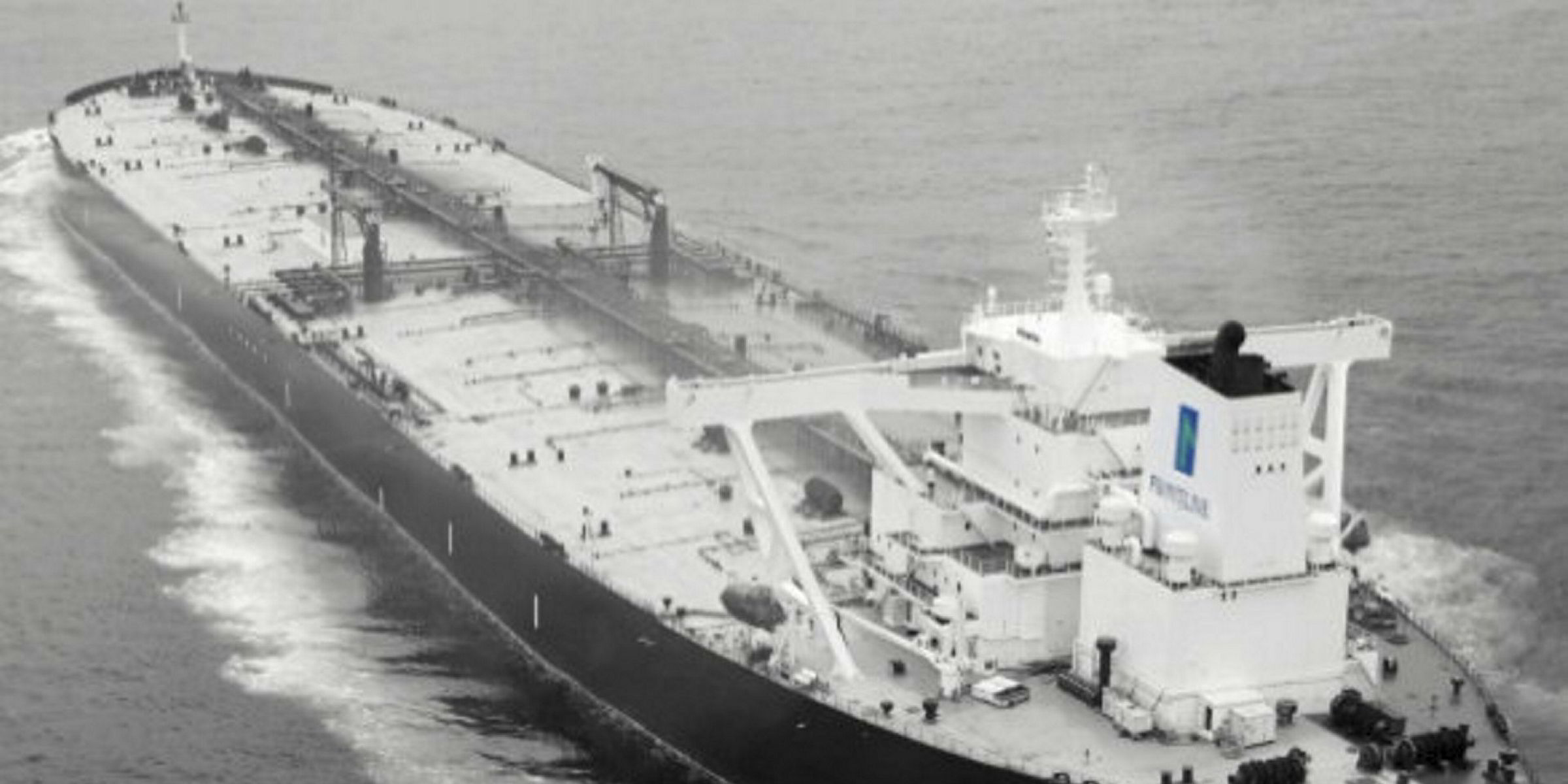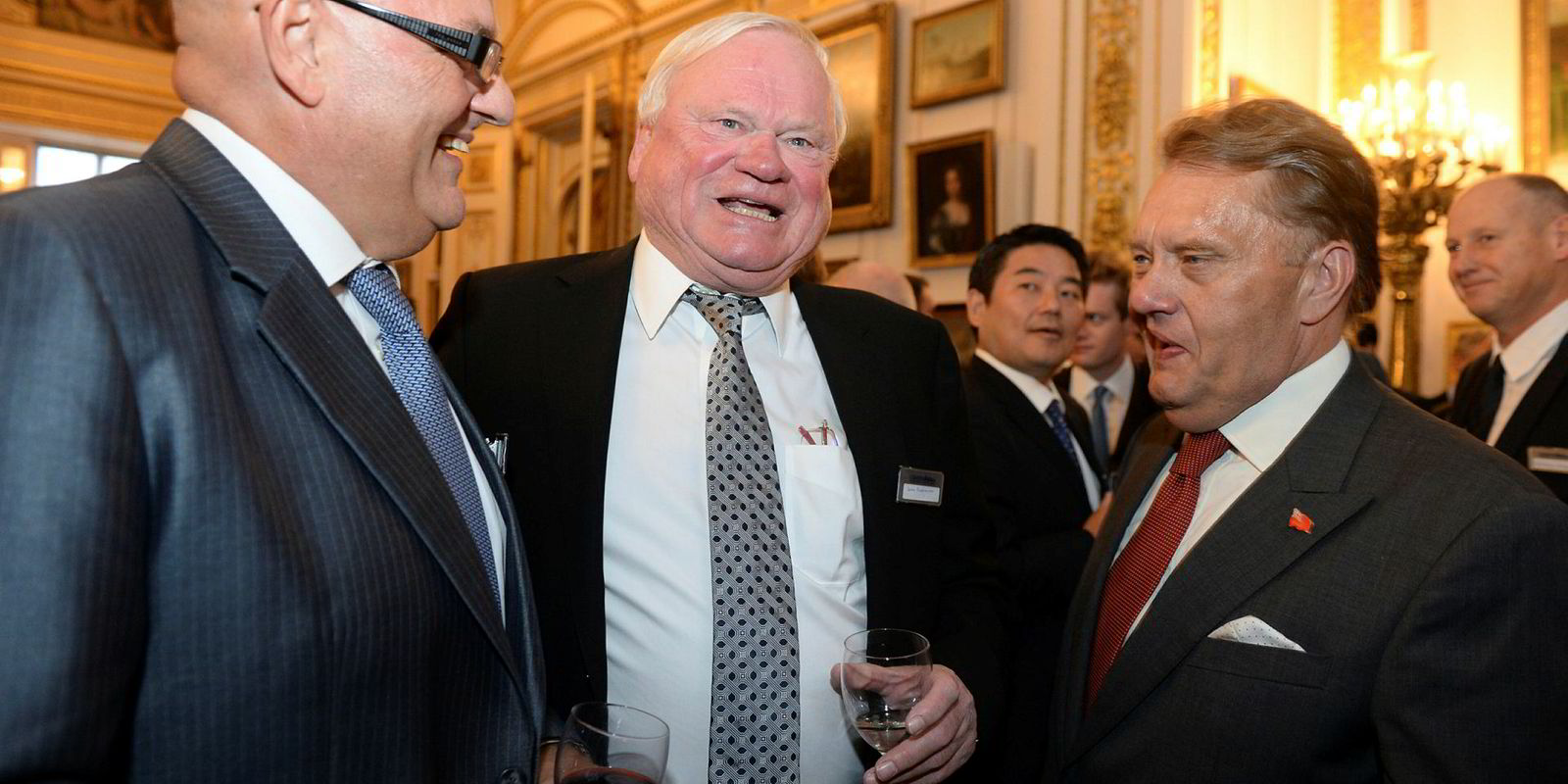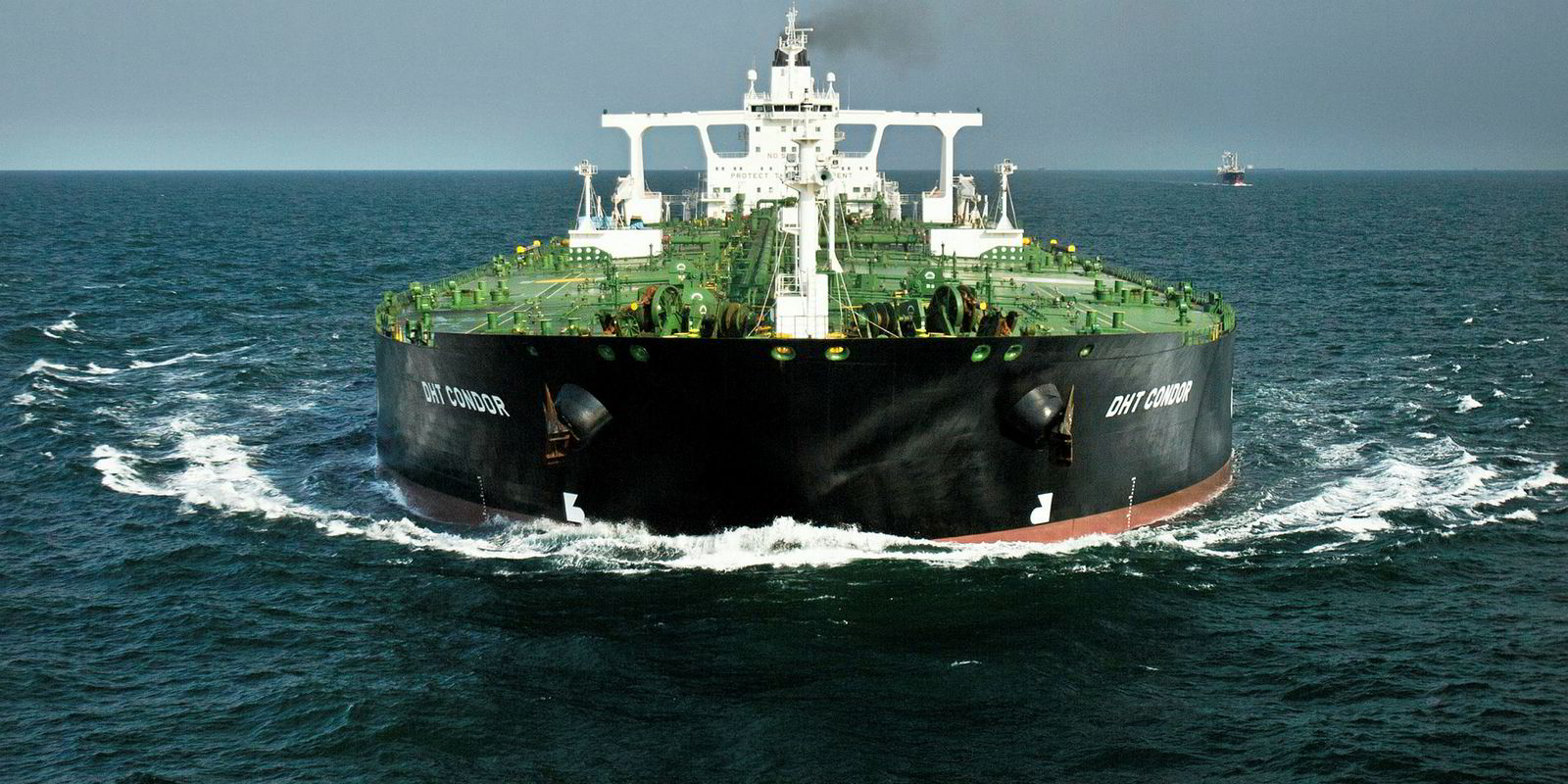A two-tier tanker market could develop in 2020 based on whether or not vessels are fitted with scrubbers, says analyst Alphatanker.
Current long-term charter requirements suggest that tankers with scrubbers will be hired out under time charters and those without will “largely be left to trade in the spot market".
Alphatanker says tanker owners could soon be searching for any available avenue to install a scrubber before the IMO sulphur cap kicks in January 2020.
It maintains its previous forecast that only around 1,500 scrubbers will be operating by that date based on the premise that less than 300 had been installed by the beginning of this year, plus the market intelligence outfit’s estimate of global scrubber installation capacity.
At least two ‘top tier’ European scrubber manufacturers are reported to have stopped taking orders for installation in 2019.
But Alphatanker says installation capacity could be significantly hiked if Chinese scrubber manufacturers enter the market.
Shipowner giant Cosco has already chosen to partner with Mitsubishi of Japan in a scrubber pilot study rather than link up with a domestic manufacturer.
Cost conundrum
Alphatanker says the cost of retrofitting a VLCC from a leading scrubber supplier can range from $4m to $8m, considerably higher than the $3m to $4m cost installing a unit on a newbuilding.
One reason for higher retrofit investment is that a significant portion of the installation involves taking a ship out of service and into drydock.
Alphatanker understands that work in drydock can take four to six weeks, followed by another month while at sea.
Costs fall significantly for smaller ships but economies of scale dictate that the larger the vessel, the stronger the case for installing a scrubber due to weight and loss of cargo issues.
A bespoke solution is required for individual ships because of differing vessel layout.
The analyst says the greatest uncertainty surrounding the economics of retrofitting scrubbers is the eventual spread between compliant and non-compliant marine fuel.
Current price curves put the spread between 0.1% gasoil and high sulphur fuel oil at $350 per ton in January 2020.
But forward curves reflect sentiment at a given point in time and may not adequately price in market fundamentals.
Many analysts, including Alphatanker, have projected that gasoil will in 2020 be the bunker fuel of choice.
And as market participants such as international commodity traders, refiners and money managers start to take positions, gasoil prices will be propelled upwards.
Said Alphatanker: "This could see spreads widen to between $500-$800/ton which would eventually improve the economics of scrubbers, especially for a retrofit versus a newbuilding."
The analyst says that with a significantly wider spread driven by surging gasoil prices, payback periods of three to four years could fall to less than one year.
This suggests that under today’s forward prices and with charterers regularly insisting on taking tankers less than 15 years old, there is a “good case to install a scrubber on a vessel of under 10 years.”






